Consolidated fracture: what is it, treatment, consequences
What is a consolidated fracture? We will talk about this in this article. Also, you will learn about how fractures grow together, why patient recovery may slow down and how injuries are treated. 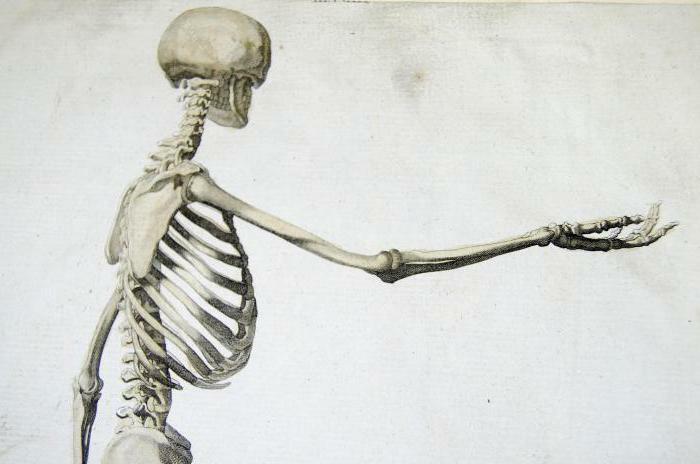
Basic information
Consolidated fracture - this diagnosis is put to many patients who are injured. But not all patients know what this conclusion means.
Seeing such a strange phrase in your medical book, most people are completely bewildered. Most often this term is associated with any serious pathology. However, the consolidated fracture does not represent anything terrible.
What is a fracture?
Surgeon, traumatologist - these are the specialists to whom people with bone fractures are treated.
Fracture - partial or complete damage to the integrity of bone tissue, which occurred when the load is several times higher than the strength of the damaged part of the skeleton. Such a pathological condition can occur not only because of injury, but also as a result of various diseases, which are accompanied by significant changes in the strength properties of bones.
Contacting a free or paid injury center, a patient with an injury immediately receives treatment. It depends on the severity of the fracture, which, in turn, is due to the size of the broken bones, as well as their number.
It should be specially noted that multiple fractures of tubular bones( large) very often lead to traumatic shock and development of severe blood loss. However, on time turning to a free or paid trauma center, such pathologies can be avoided. By the way, patients after receiving such injuries are restored very slowly. Their recovery period may take several months. 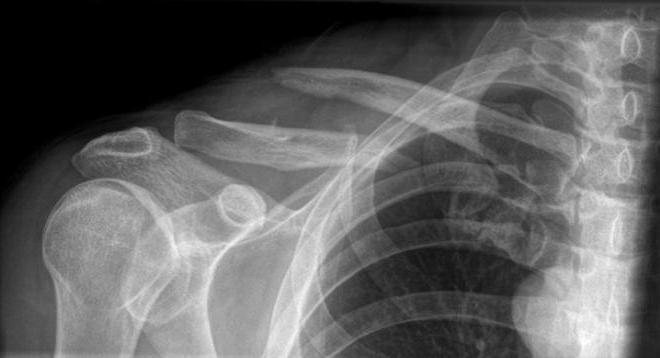
Consolidated fracture - what is it?
The term "consolidation" is of Latin origin. It consists of two syllables, which are translated as "together" and "strengthened".In other words, consolidation means: uniting, strengthening, integrating or uniting something.
So what is a consolidated fracture? Experts argue that this is a medical term, which means a fusion with a formation of bone callus.
The ideal and complete fusion of an injured skeleton occurs in the following cases:
- with good fixation of broken bones;
- with complete and ideal comparison of bone fragments;
- when restoring blood circulation in the area of bone damage;
- when restoring or maintaining innervation in the area of bone tissue damage.
Secondary fusion
Secondary fusion of fractures with the formation of cartilaginous calluses occurs when:
- incomplete comparison of parts of bone fragments;
- poor fixation of the fracture;
- relative mobility of bone fragments;
- untimely immobilization;
- blood circulation disorders, as well as innervation in the fracture zone of the bone.
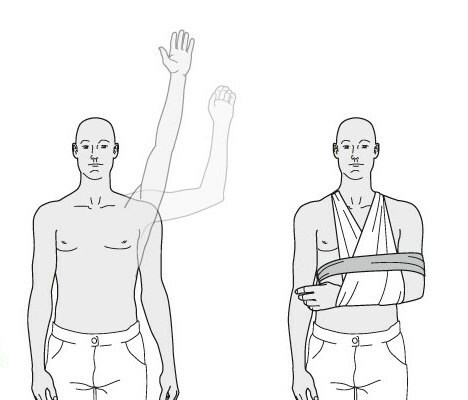
Why does not the fracture grow together?
Surgeon, a traumatologist - these specialists can answer the question of why in some cases the bone fracture does not grow together. According to their opinion, this phenomenon has several causes. Imagine them right now:
- violation of bone immobilization( damaged), as well as displacement of its elements relative to each other;
- incomplete or incorrect comparison of bone fragments;
- infringement of an innervation in the field of fracture and local blood circulation.
Traumatologist on the house leaves only in extremely severe cases. It is very important that the specialist be literate. Indeed, with serious fractures, it is necessary to combine the damaged bone tissues so that their complete consolidation takes place. However, it should be noted that such fusion does not depend only on the qualifications of the doctor. After all, all layers of bone tissue( for example, endost, periosteum and Havers canals) should be included in the regeneration process.
We can not say that together with the natural physiological processes to restore the integrity of the skeleton, there is also a resolution of the post-traumatic hematoma. By the way, the bone callus during regeneration has the appearance of a small spindle-shaped thickening.
Periods of formation and layers of callus
Consolidated fracture of the ribs and other parts of the skeleton is a fairly common phenomenon. In the process of bone restoration, a callus is formed.
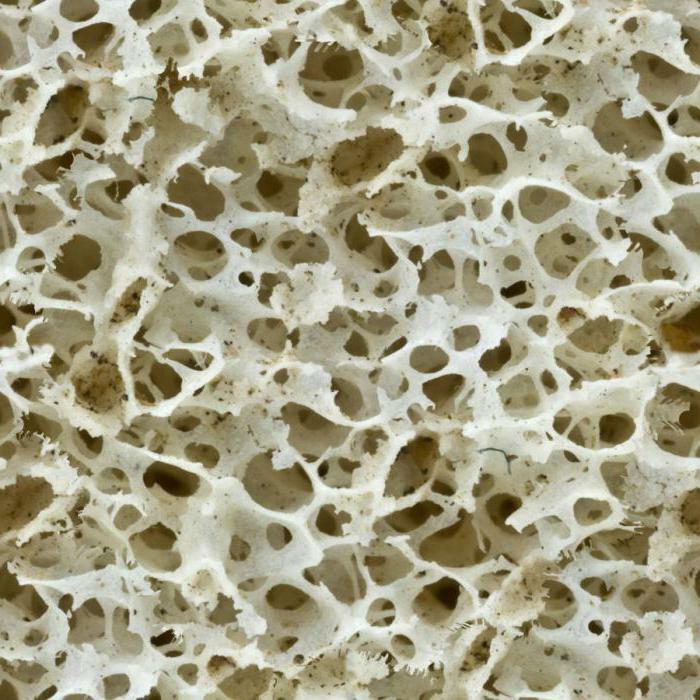
This regeneration takes place in three periods:
- development of inflammation( aseptic) in the fracture site;
- process of bone formation;
- bone conformation surgery.
Thus, in the place of trauma in humans, the cells of the Haversian canals and the endostom, as well as the connective tissue and the periosteum, are intensively multiplying. This process leads to the formation of a callus on the fracture site. It consists of four layers:
- parasol;
- is intermediate;
- is periosteal;
- endostal.
After 5-6 days after direct injury, the defect between the bone fragments begins to be filled with fibroblasts, osteoblast cells and small vessels that form an osteoid tissue.
It should also be noted that there are 3 stages of bone callus formation. These include:
- fibrous;
- cartilage;
- bone.
How long does callus form?
The formation of bone callus is a rather lengthy process. The terms of its formation are as follows:
- Primary( lasts 4-5 weeks).
- Secondary( after 5-6 weeks).
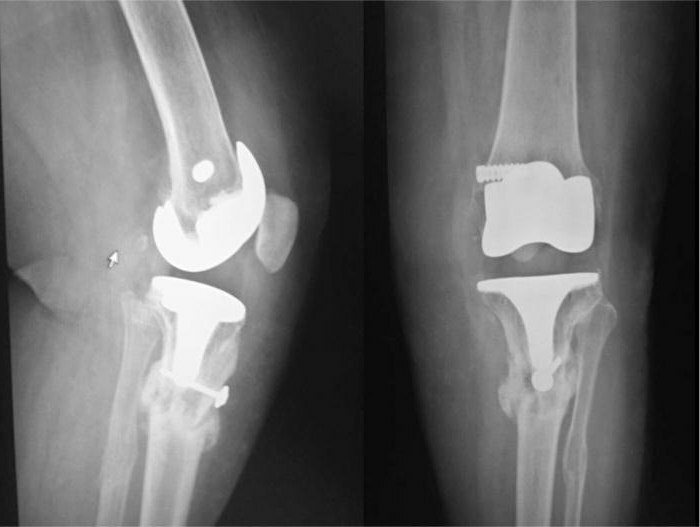
It should also be noted that corn at the site of the fracture has undergone a restructuring for several years. This is due to the fact that osteoblasts contribute to the resorption of the ends of bone fragments, fragments and fragments, and also eliminate excessive formation of corn.
In the event that a traumatologist, at home caused, as well as the patient himself has created all the optimal conditions for the coalescence of bone elements, then fracture consolidation takes place( within a few weeks or months).
How long do bones grow? According to the experts, the older the person, the worse his recovery. For example, a fracture of the neck of the hip can pin an old man to bed, provoking complications such as congestive pneumonia, pulmonary embolism, bedsores and others.
Why is consolidation slowing down?
Not always and not all people have bone fractures to grow together quickly and without any consequences. In some cases, the consolidation of the injured area is significantly slowed down. What is the reason for this phenomenon?
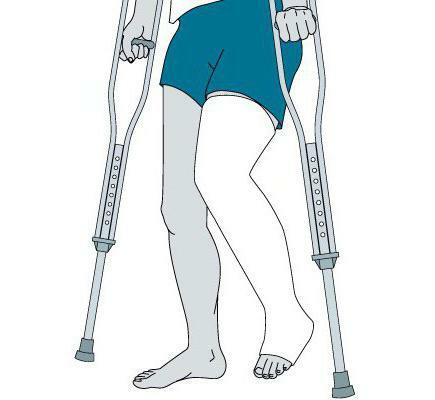
Common causes of delayed bone growth include the following:
- diabetes mellitus, thin bones, impaired parathyroid gland prolapse;
- elderly age, female sex, ovarian cyst, malnutrition;
- depletion, multiple pregnancies, stress;
- low growth, taking certain medicines, dysmenorrhea;
- oncology, smoking, remote ovaries, transplantation of internal organs and so on.
Regarding local causes, they include:
- infection in the wound;
- circulatory disturbance;
- severe crushing of soft tissues in trauma;
- multiple fractures;
- ingress of foreign objects into the wound;
- tissue interposition and so on.
Treatment of fractures
What to do in case of a fracture and how to achieve rapid bone growth? First of all, you need to see a doctor. When the bones are displaced, the doctor must fix them and fix them in this position by applying gypsum.
What should I do if I have a fracture, other than going to the emergency room? To fracture fused faster, experts recommend taking anabolic hormones and mummies. Also physiotherapy and exposure to trauma by an electromagnetic field are permissible.
Consequences of improper treatment
Consolidated fracture is the best outcome of a person's injury. However, it should be noted that in the absence of proper treatment, consolidation may not occur or slow down. 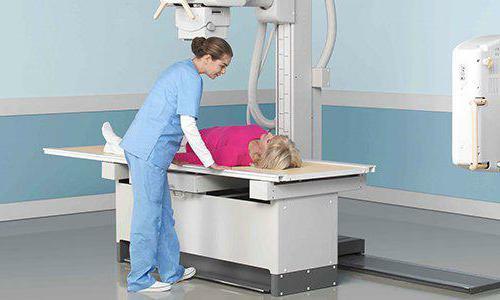
Specialists state that the following conditions are the signs of slow bone formation:
- mobility( pathological) of bones at the fracture site;
- severe pain in the area of injury;
- a gap between the bone fragments, which is noticeable during X-ray examination.
It should also be noted that in childhood, the process of recovery and regeneration of damaged bone tissue is faster and easier than in older and older people. Very often the wrong fusion of the skeleton leads to the formation of a false joint. Such joints can cause a number of serious health problems, as well as causing aesthetic discomfort.
